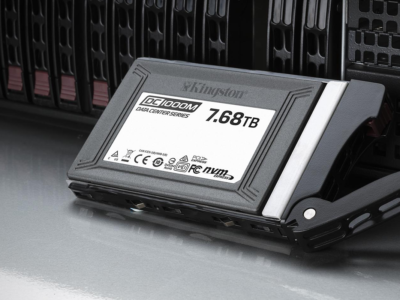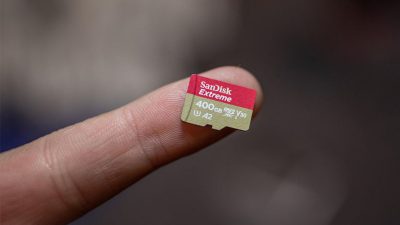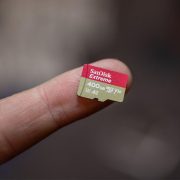It’s truly remarkable how mobile phones have evolved over such a short period of time!
Right now, the small gadget in our pocket gathers all the features that once were accessible only through separate devices. We can take pictures, record videos, search for news, browse the internet, produce and listen to music, create and save documents etc. That’s not even mentioning the fact that the mobile phone is the best consumer communication device ever built.
Even with all of these apps and functions, we expect that our smartphone will have enough storage space to handle all of our files so we can access them anytime. But actually for some devices, things get a bit complicated.
The problem with insufficient storage space is especially relevant when it comes to Apple products. Apart from the recently released iPad Pro, no other iPad or iPhone has a USB or SD port. And some of us are not willing to spend more money on a model with a higher storage capacity. Instant syncing between different devices seems to be the new norm, as well as relying on cloud solutions. But for some situations physical transfer devices are still necessary. So if you are often bothered by the annoying message on your screen that says “there is not enough available storage”, we have two alternatives for you.
Leef iBridge and Sandisk iXpand flash drives are one of the best high-quality solutions that will help you expand the storage capacity of your iPhone or iPad. They come equipped with iOS-friendly Lightning connectors and with a USB 2.0 plug.
Leef iBridge

When you connect iBridge to your phone, it launches the iOS app. The app’s interface is separated intro 3 sections: Transfer Files, Content Viewer, and iBridge Camera. The last one is a unique feature that lets you take photos that are saved directly to the iBridge’s memory.
The app also makes it easy to differentiate what is stored on your device, what’s within the app, or on the iBridge. It means it’s efficient to move files between those three options. With iBridge, you can move your content from your phone to a computer or do the reverse. You can also just keep your media stored on the iBridge and view it on your phone or tablet. The drive will use power from the mobile device only when it’s in use, so there will be no problem if you leave it plugged in.
Sandisk iXpand

iXpand, on the other hand, is equipped with a rechargeable 3.7v lithium-ion battery. It recharges automatically when the iXpand is inserted into the computer’s USB port, so your phone battery will not suffer when the device is in use. The iXpand app loads when the drive is inserted in the lightning port. Some of the menu icons show the battery life and the remaining space both on the drive and on the iOS device you are using.
Camera Sync function will copy all your iPhone photos that haven’t been saved since the last sync. You can also backup your contacts, which are then saved in the vcard format. Sandisk took care about securing the device and the files on it: the iXpand app requires a password or touch ID to access it. There is also a built-in encryption tool, SanDisk SecureAccess, that will let you password-protect files on the drive. The files can then be transferred to a computer, but viewing them requires the free SanDisk app, which decrypts the files.
For a better overview of these devices, we listed the main specifications of Sandisk iXpand and Leef iBridge:

Bottom line, we think both devices are great. Their basic functionality and performance are pretty similar and choosing one solution over another is a personal decision that comes down to individual needs and preferences.
You can find Sandisk iXpand and Leef iBridge on MyMemory website in a variety of storage capacities.























Comments